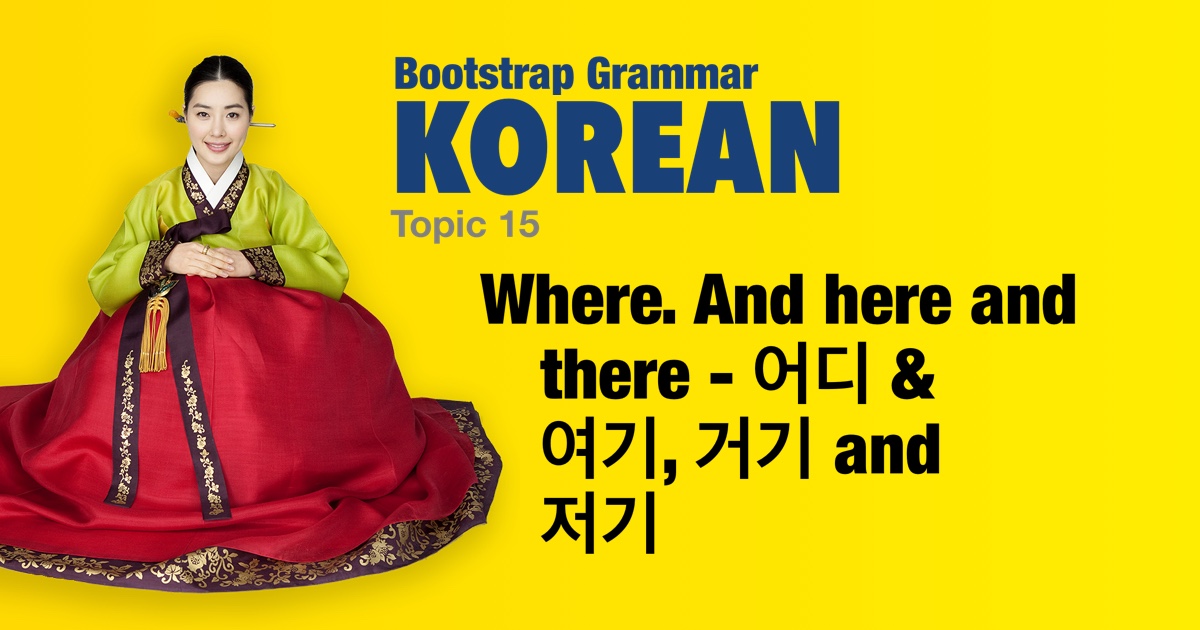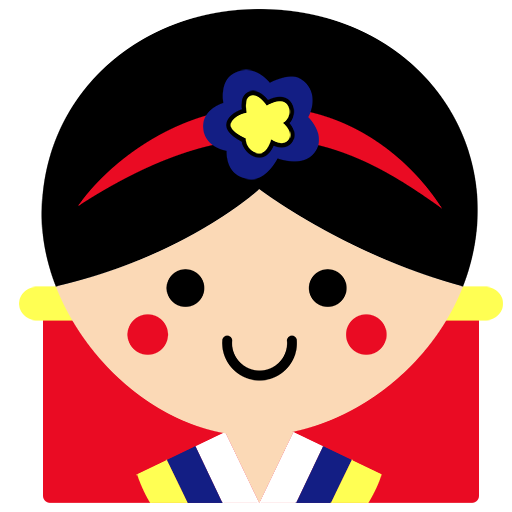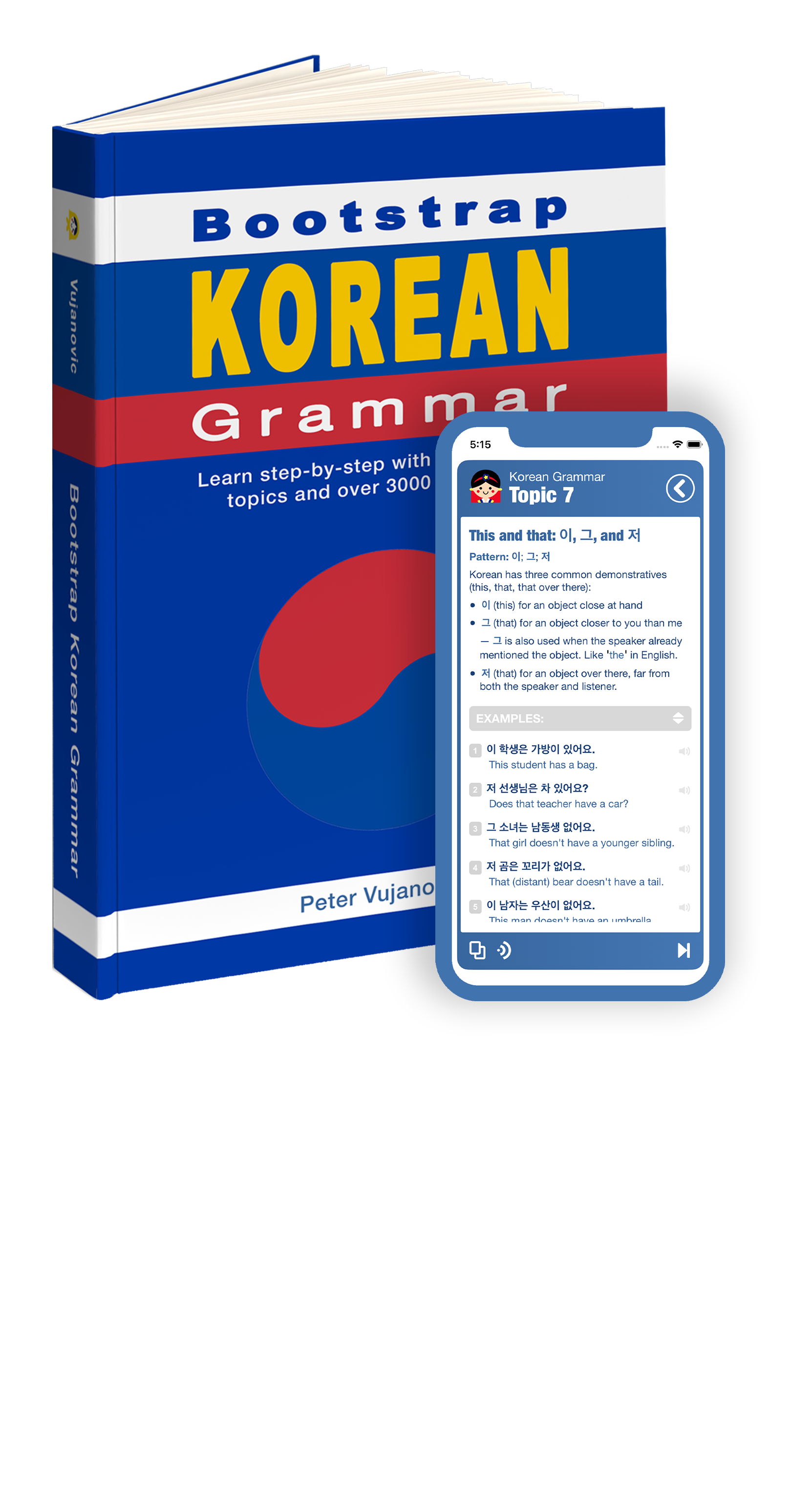Korean grammar - Where. And here and there - 어디 & 여기, 거기 and 저기 |
|||
|
|||
어디 is used to ask the question 'where?' And the words 여기, 거기 and 저기 communicate relative position. • 여기 (here) for an object close to the speaker • 거기 (there) far from the speaker but close to the listener • 저기 (over there) far from both speaker or listener, or out of sight. The location particles 에 and 에서 can be attached as appropriate. -- When 에서 is attached it is often abbreviated to just 서: So for example: 여기에서 ⇒ 여기서 -- And it is not uncommon to hear the location particles omitted completely. |
| Examples: | |
|
열쇠는 어디에 있어요?
Where is the key? |
|
|
열쇠가 여기에 있어요.
Here's the key. |
|
|
거기에 우산 있어요?
Is there an umbrella over there? |
|
|
아니요, 우산이 여기에 있어요.
No, the umbrella is here. |
|
|
그들은 어디에 앉아요?
Where do they sit? |
|
|
그들은 거기에 앉아요.
They sit there. |
|
|
그는 어디에서 공부해요?
Where does he study? |
|
|
도서관에서 공부해요.
(He) studies in the library. |
|
|
거기에 사람 있어요?
Is anyone there? |
|
|
아니요, 거기에는 사람이 없어요.
No, there are no people there. |
|
|
기차역이 여기에 있어요?
Is the train station here? |
|
|
아니요, 기차역이 저기에 있어요.
No, the train station is over there. |
|
|
아버지는 어디에서 일해요?
Where does your father work? |
|
|
아버지가 거기서 일해요?
Does your father work there?
|
|
|
아이는 거기에 혼자 서요.
The child stands there alone. |
|
 |
|


 Abbreviation
Abbreviation 